The term Pichwai is a Hindi word, literally meaning “of behind “(pich-back and wai-of), a traditional art form practiced in Nathdwara, Rajasthan. The Pichwai is an intricate painting that depicts theatrical scenes from Lord Krishna’s life, typically hung behind the sanctum of his own manifestation, Shrinathji - the youthful manifestation of Krishna.
Pichwai is considered one of the most complex and tough Indian paintings. Apart from being a visual narrative, they also express the mood of the deity, the spirit of the season or festival. The story of Krishna presents in itself a blend of legend and symbolism. The numerous incidents associated with his life are integral to India’s cultural and religious ethos, particularly in Vaishnava-Hindu worship across the country.

(Source: Artist Jayesh)
History of Pichwai
In the 15th century, perhaps as a reaction to the increasingly ascetic direction in which Hinduism was going, there was born in North India, a new off-set of Krishna worship called the Pushti Marg, or the Path of Grace. Due to its philosophical belief of monism, the Pushti Marg maintains that all existence is derived from a single Supreme Power and that all living beings carry its essence within them. Pushti which means God’s grace and lila meaning the revelation of himself in his divine play is where Bhakti lies, the path to the adoration of Krishna. According to the popular legend, Krishna as a child lifted the Govardhan Parvat on his little finger to save the villagers of Vrindavan from the thunderstorms and flood. This episode is of crucial relevance to this artform and depicted as Shrinathji, the childhood form of Lord Krishna. The main Pushti Marg swaroop (form) of Shrinathji represents Krishna at the age of seven.

(Source: Artist Jayesh)
Themes of Pichwai
Creating a pichwai can take several months, and requires immense skill, as the smallest details need to be painted with precision. The themes vary from Lord Krishna childhood tales, Radha Krishna paintings and various festivals celebrating Krishna, like Janmashtami, Govardhan Puja, Sharad Purnima, Holi, Annakut etc. Although most pichwais feature Krishna in his various swaroops, particularly those of childhood and adolescence, and primarily that of Shrinathji, some hangings and paintings also feature other important figures in the Pushti Marg pantheon or history, including specific goswamis or priests.
Episodes Relevant to the Paintings
Two episodes of particular relevance to the Pushti Marg sect, depicted in several pichwais and paintings, are those of events relating to Mount Govardhana, i.e., Annakuta and the Ras Lila.
‘Annakoot’ which translates to ‘Mountain of Food’ has the Shrinathji in the centre is typically dressed in grand clothes with brocade work, and a peacock-feather crown with raised edges that resemble the ears of a cow. It commemorates how Shrinathji saved the residents of Braj from the storm that Indra, the Rain God caused. In most Pichwai paintings, Shrinathji is depicted with a raised left hand, which illustrates how he lifted the Govardhan mountain on his little finger, so the village could take shelter under it.
Ras Lila depicts adolescent Lord Krishna dancing with Gopis. The spirit of abandon and surrender that the Ras Lila evokes, is the realisation of bhakti: it represents the ultimate union of the soul with the Lord, a joining together in cosmic dance.

(Source: Artist Jayesh)
Pichwai Paintings Today
Over time, Pichwai's also found a place in the homes of art connoisseurs, owing to their visual appeal. In India, some of the arts were invented to connect the human to god, and because of that, the value of art becomes more precious. Some of the arts are worshiped like God and are still considered holy and sacred. But Like several other traditional Indian art forms, the art of Pichwai is also dying, and requires recognition and revival.
Getting a Pichwai painting for your house has been made convenient by its producers as these paintings are made in smaller size to fit the hangings in your apartment/house easily. Also, it is believed that God inspired paintings bring positivity into your house. One talented artist who has been practicing this art with Memeraki is the artist Jayesh Sharma. Jayesh ji, who has been a Pichwai artist for more than 38 years, has a family that has been practicing this art for 400 years and is associated with the temple at Nathdwara.
~Written by Khushi Daryani













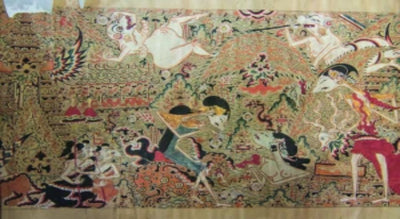
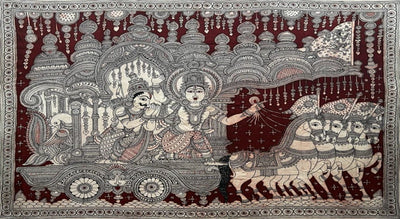

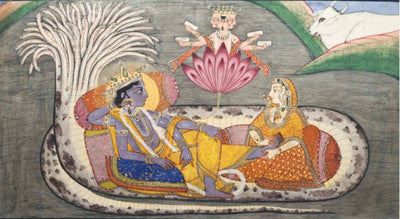
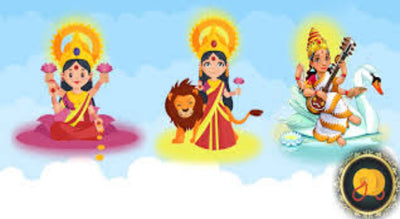
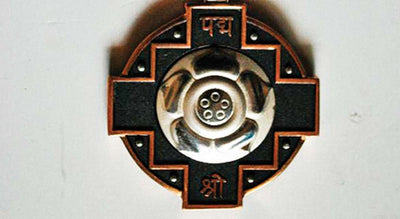
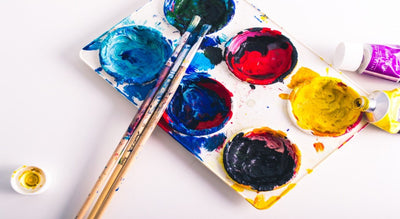
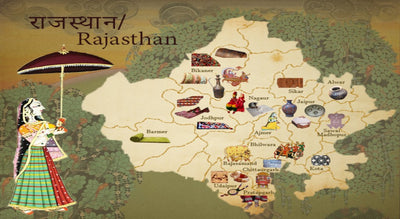
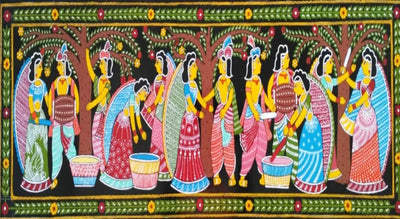
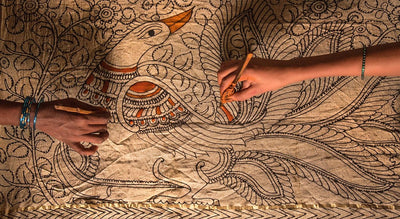
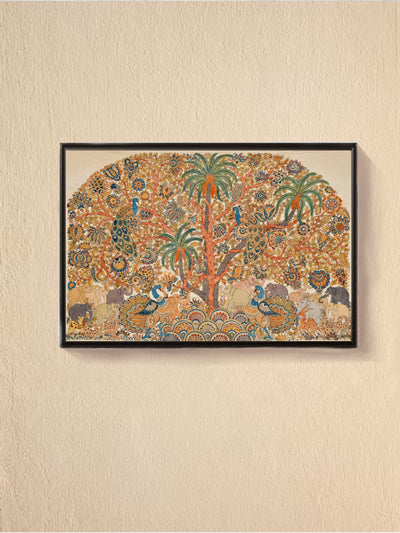







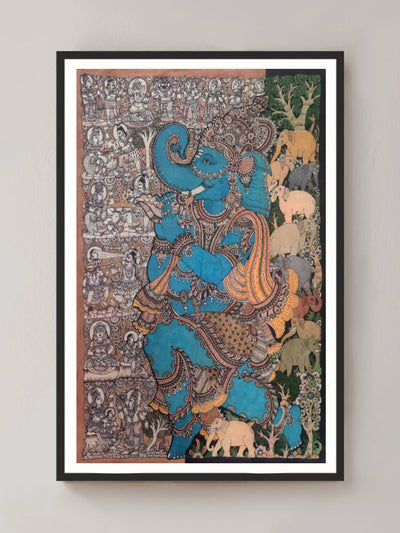








0 comments